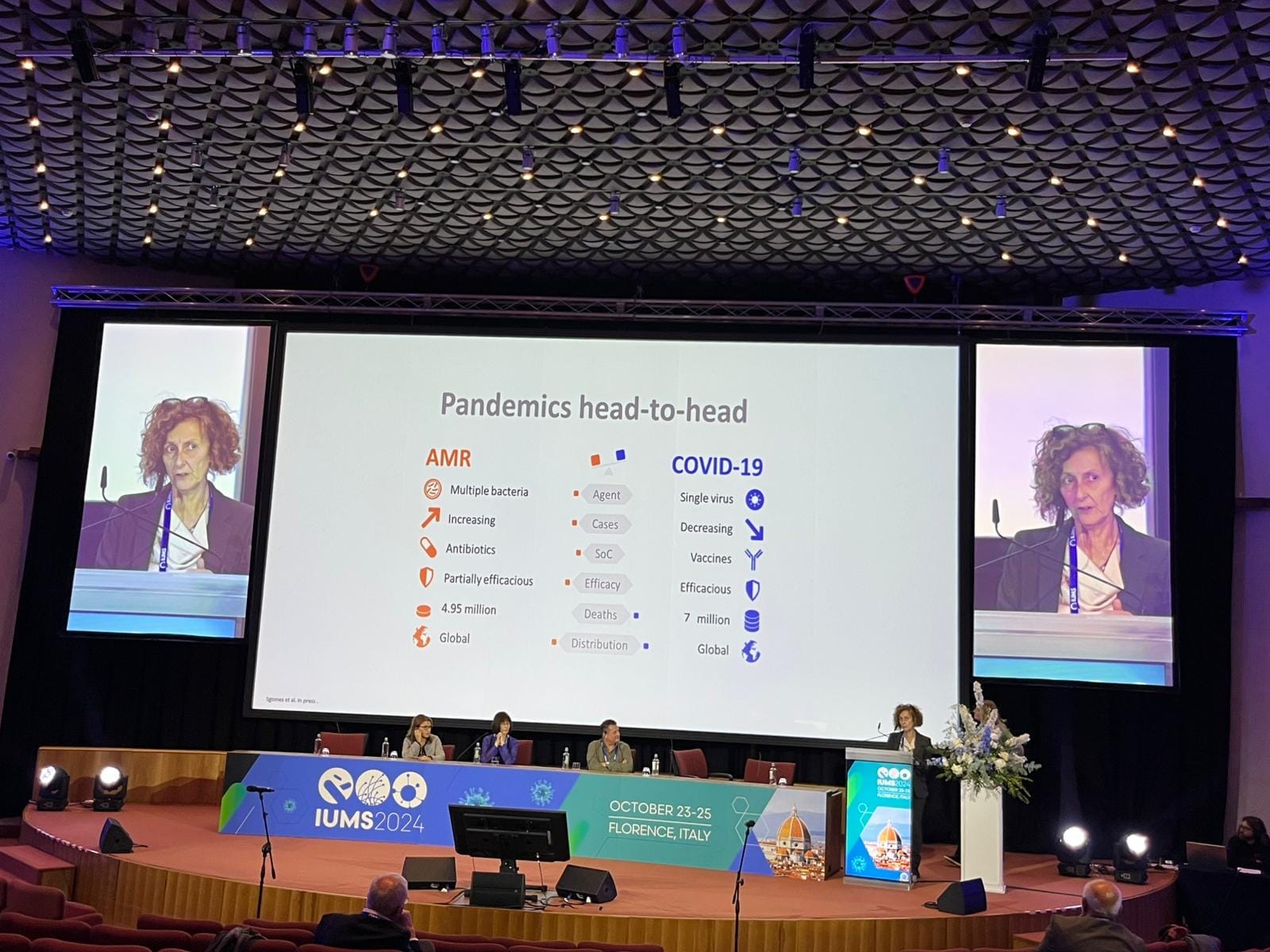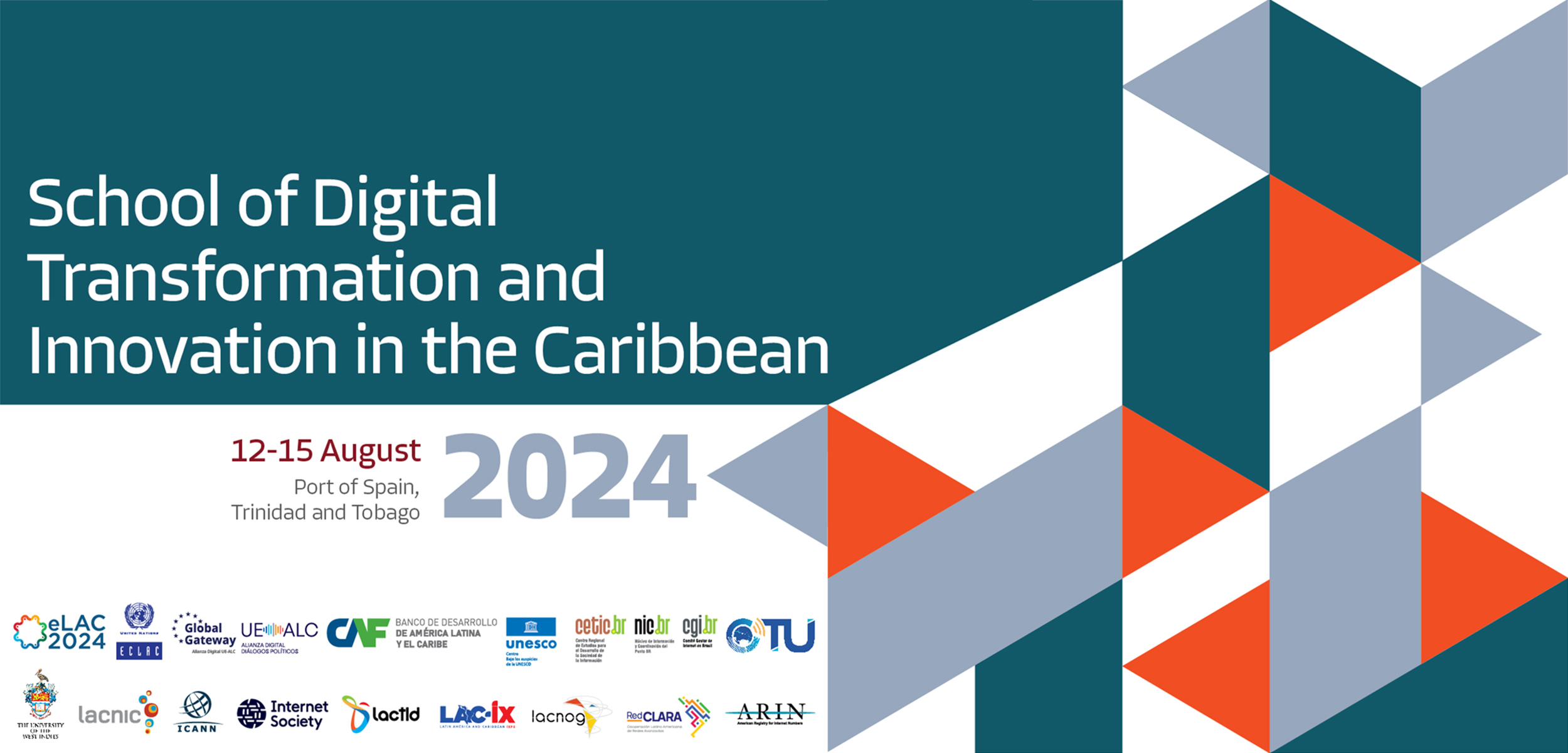Report on Interstate 94 Construction Project: An Analysis of Traffic Congestion and Sustainable Development Implications
An infrastructure maintenance project on Interstate 94 in the Bismarck-Mandan area resulted in severe traffic congestion, prompting an evaluation of its execution and its alignment with key Sustainable Development Goals (SDGs). This report details the incident, the institutional response, and the broader implications for sustainable community planning.
1.0 Incident Overview and Immediate Impacts
A chip seal project initiated on Interstate 94 led to single-lane closures, causing extensive traffic delays. The congestion had significant repercussions for the community, affecting daily commutes, public safety, and overall well-being.
- Severe Traffic Disruption: Commutes that typically take 10-15 minutes were extended to over an hour. Westbound I-94 traffic was frequently at a standstill, with spillover congestion affecting major local arteries, including Bismarck Expressway, Liberty Memorial Bridge, and Main Street.
- Public Response: The situation generated thousands of public complaints and comments on social media, reflecting widespread frustration and questioning the project’s planning.
- Community Impact: The disruption directly impacted residents’ quality of life. Anecdotal reports included a commuter witnessing a child requiring a roadside bathroom break due to the standstill, highlighting an unforeseen impact on basic sanitation and dignity, a component of SDG 3 (Good Health and Well-being).
2.0 Institutional Response and Project Management Failures
The North Dakota Department of Transportation (NDDOT) acknowledged the “excessive traffic congestion” and implemented corrective measures. The initial cause was identified as a traffic control adjustment intended to enhance worker safety, which inadvertently created an unmanageable bottleneck.
- Initial Miscalculation: According to Larry Gangl, NDDOT’s Bismarck district engineer, measures to slow traffic and prevent unsafe lane changes were overly effective, leading to “uncommon” backups. This points to a critical misjudgment in traffic flow modeling.
- Coordination Challenges: The problem was compounded by a simultaneous major construction project on Memorial Highway (“The Strip”), a primary alternative route. This lack of coordinated planning between two significant projects illustrates a failure in creating a resilient transportation network, a key target of SDG 11 (Sustainable Cities and Communities).
- Technical Constraints: The NDDOT clarified that the chip sealing process requires daytime heat to cure properly, precluding night work. While this decision is based on material science, it underscores the need for innovative solutions in infrastructure maintenance that minimize social and economic disruption, a challenge within SDG 9 (Industry, Innovation, and Infrastructure).
3.0 Analysis of Sustainable Development Goal (SDG) Implications
The traffic incident serves as a case study on the interconnectedness of the SDGs and the challenges of implementing infrastructure projects without a holistic, sustainable framework.
- SDG 9: Industry, Innovation, and Infrastructure: The project’s goal was to maintain critical infrastructure, which is fundamental to this SDG. However, its flawed execution highlights a failure to build resilient infrastructure (Target 9.1) that can withstand disruptions and serve the community effectively during maintenance periods.
- SDG 11: Sustainable Cities and Communities: The event directly undermined Target 11.2, which aims to “provide access to safe, affordable, accessible and sustainable transport systems for all.” The gridlock paralyzed a key regional transport system, compromised safety, and demonstrated a lack of integrated planning essential for sustainable urban development.
- SDG 3: Good Health and Well-being: Public concern over the ability of emergency responders to navigate the congestion raises serious questions about ensuring healthy lives (Target 3.6 on road safety). The prolonged commutes and associated stress also negatively impact the mental well-being of thousands of citizens.
- SDG 8: Decent Work and Economic Growth: The significant loss of productive time, with employees spending hours in traffic, represents a direct economic cost to the region, hindering sustained and inclusive economic growth (Target 8.1).
- SDG 16: Peace, Justice, and Strong Institutions: The NDDOT’s public statement and efforts to rectify the situation are examples of an institution being accountable and responsive (Target 16.6). However, the initial planning failure indicates a need for more effective and transparent institutional processes to prevent such occurrences.
4.0 Conclusion
The I-94 construction project, while necessary for long-term infrastructure health (SDG 9), was implemented in a manner that negatively impacted several other Sustainable Development Goals. The severe traffic congestion highlighted critical gaps in integrated planning, risk assessment, and community impact analysis. For future projects to be truly sustainable, they must move beyond technical requirements to incorporate a comprehensive strategy that safeguards community well-being, economic stability, and public safety, fully aligning with the holistic vision of the SDGs.
Analysis of Sustainable Development Goals in the Article
1. Which SDGs are addressed or connected to the issues highlighted in the article?
The article discusses issues related to infrastructure, urban planning, and public safety, which directly connect to several Sustainable Development Goals (SDGs). The primary SDGs addressed are:
-
SDG 9: Industry, Innovation and Infrastructure
This goal is central to the article, as the core issue revolves around a major road construction and maintenance project (“chip seal project”) on Interstate 94. The article details the challenges of developing and maintaining “quality, reliable, sustainable and resilient infrastructure” and the significant public disruption that occurs when these projects are not managed effectively.
-
SDG 11: Sustainable Cities and Communities
The events described take place in the “Bismarck-Mandan area,” making the issues relevant to sustainable urban development. The massive traffic jams impact the community’s access to safe and efficient transport systems. The article also touches on poor urban planning and management, as evidenced by the simultaneous construction projects on the two main routes between the cities and the Department of Transportation’s admission of misjudgment.
-
SDG 3: Good Health and Well-being
This goal is relevant through its focus on public health and safety. The article highlights concerns about “traffic safety” and the potential for emergencies “that first responders couldn’t easily get to.” The stress and frustration experienced by commuters (“exasperated motorists,” “emotional growth journey”) also relate to mental well-being, which is a component of this SDG.
2. What specific targets under those SDGs can be identified based on the article’s content?
Based on the issues discussed, several specific SDG targets can be identified:
-
Target 9.1: Develop quality, reliable, sustainable and resilient infrastructure
The entire article is a case study of this target. The I-94 construction is an effort to maintain road infrastructure. However, the resulting “massive traffic jams” and “hour-plus-long ordeals” demonstrate a failure to ensure the infrastructure remains reliable and functional for the public during the project. The DOT engineer’s statement, “We didn’t expect that result,” shows a breakdown in creating resilient infrastructure systems that can handle disruptions.
-
Target 11.2: Provide access to safe, affordable, accessible and sustainable transport systems for all
The traffic snarls directly undermined the accessibility and safety of the transport system. Commutes that were typically “10-15-minute” became inaccessible for a reasonable duration. Safety was a major concern, with the Morton County Sheriff noting, “It is a concern for traffic safety the way it was being routed.” The initial reason for traffic adjustments was to “clamp down on aggressive driving,” further highlighting the focus on road safety.
-
Target 3.6: Halve the number of global deaths and injuries from road traffic accidents
While the article reports no major incidents, the potential for accidents and the explicit “concern for traffic safety” from a sheriff directly relate to this target. The DOT’s attempt to manage “unsafe lane changes” and “aggressive driving” is a preventative measure aimed at improving road safety, which is the core of Target 3.6.
3. Are there any indicators mentioned or implied in the article that can be used to measure progress towards the identified targets?
Yes, the article contains several explicit and implicit indicators that can measure progress or failure in achieving the identified targets:
-
Commute and Travel Time
This is a direct indicator of the transport system’s efficiency (Target 11.2) and infrastructure reliability (Target 9.1). The article provides specific data points, such as commutes increasing from a “typical 10-15-minute trip” to “about 45 minutes” or “hour-plus-long ordeals.”
-
Level of Traffic Congestion
The qualitative descriptions of traffic serve as an indicator of infrastructure performance. Phrases like “massive traffic jams,” “bumper-to-bumper,” and “traveling at a snail’s pace” measure the failure to maintain an accessible transport system (Target 11.2).
-
Public Satisfaction and Complaints
The article mentions “thousands of complaints and satirical comments on social media” and specifies that “more than 600 people had commented or complained on the DOT’s Facebook page.” This serves as a clear indicator of public perception regarding the management and reliability of infrastructure projects (Target 9.1).
-
Road Safety Concerns
The expressed concerns about safety are an indicator for Target 3.6 and 11.2. This is evidenced by commenters wondering about emergency response and the Morton County Sheriff’s statement about “a concern for traffic safety.”
4. Summary Table of SDGs, Targets, and Indicators
| SDGs | Targets | Indicators |
|---|---|---|
| SDG 9: Industry, Innovation and Infrastructure | 9.1: Develop quality, reliable, sustainable and resilient infrastructure. |
|
| SDG 11: Sustainable Cities and Communities | 11.2: Provide access to safe, affordable, accessible and sustainable transport systems for all. |
|
| SDG 3: Good Health and Well-being | 3.6: Halve the number of global deaths and injuries from road traffic accidents. |
|
Source: bismarcktribune.com







